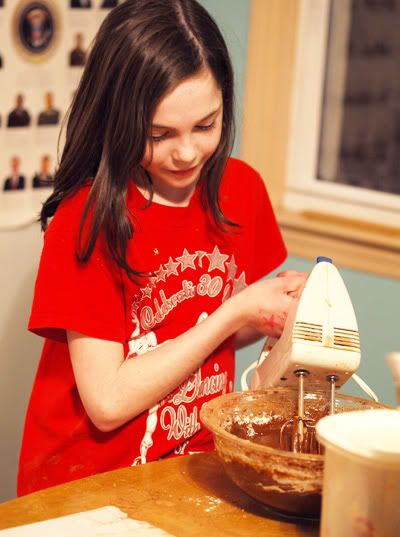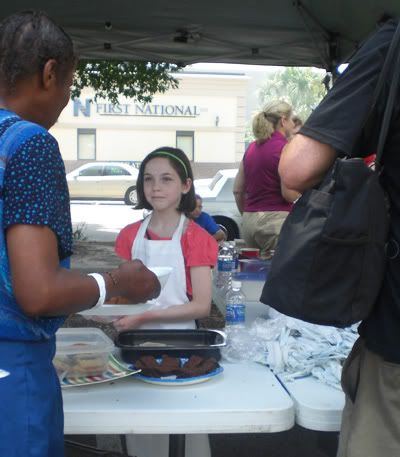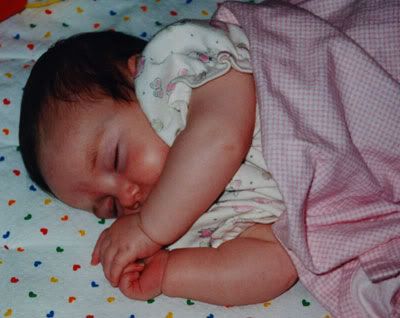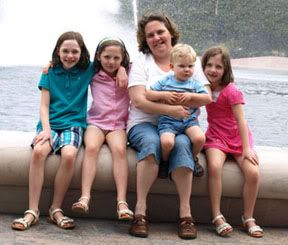Often I'm asked how I learned sign language. Well, almost 30-some-odd-years ago I first learned the finger alphabet on the school bus. Some kids pick up bad language, I learned to to spell with my fingers.
Through the years, I learned a few signs here and there--mainly at church in the children's choir or at a summer camp.
Eight years ago, with a vocabulary of maybe 5 signs, I introduced myself to a lady at church who was deaf. She was waiting on her niece in the children's area and I felt badly that she had no one to talk to. So I bravely smiled and awkwardly spelled my name...and made a new friend. Her name was Teresa. Over the next two years she patiently helped to expand my signing vocabulary to almost conversational status.
2 years after I met her, she died. I helped interpret her funeral for the rest of her Deaf friends.
Inspired by her life, I determined to learn all that I could so that I could confidently carry a conversation with with other deaf people.
- Only 2-4% of Deaf Americans attend church, making them the largest unreached people group in our country.
- 90% of Deaf children do not have parents who can communicate effectively with them.
My heart was touched, my course in life was then set and I have made friends with some of the most interesting people I know. They can't hear, but they are full of wisdom, understanding and compassion for others. And they have taught me much.
Currently I know enough sign to interpret at our church:
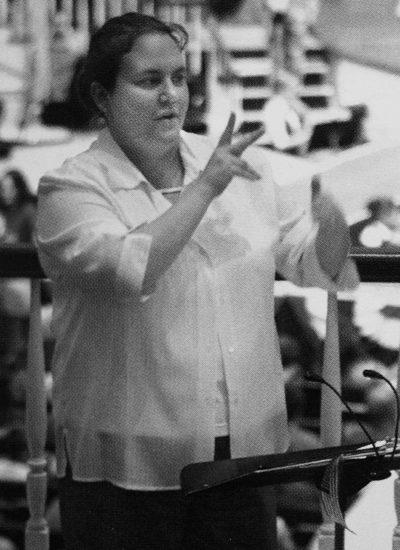
So how did I learn? Only by sitting with my Deaf friends and watching and learning and signing the wrong signs and letting them laugh at me and patiently show me--yet again!--signs that I kept forgetting.
I've never taken a class, except for the ones that are freely offered at my church. Now I help teach one of them.
These are the books that I constantly refer to when teaching or studying to interpret at church:
I also utilize
ASLpro.com often for their online dictionary and videos. I recently taught a group of women how to sign the National Anthem. I studied the ASLpro site and
SigningSavvy.com for a refresher of certain words and phrases. Then I asked two of my Deaf friends how they would sign it in order to finalize my signs.
If you are teaching kids, nothing beats the
Signing Time videos. Even older kids can learn lots from these videos aimed at preschoolers. I've actually learned a few signs! Signs can vary across the country--almost like our voice dialects--and learning how different regions sign will easily expand your vocabulary.
For kids, start by learning the
manual alphabet (if it seems a little daunting, keep patiently practicing and be happy that you're not in England--
their manual alphabet uses both hands!) Kids can easily practice spelling words with their fingers--and they can use it as a secret language to communicate with friends. Practicing with others help you not only master fingerspelling, but also the skill of
reading someone else's fingerspelling (which honestly is the hardest skill of all for me).
After you and your children are comfortable with fingerspelling, use
The Joy of Singing to learn a few vocabulary words. Use the signs to help memorize Bible verses, poems or songs. It's okay if you don't know a sign for every word--just get comfortable with the few signs you do know. I personally think one way to build your memory is to use your hands to sign. There's just something about putting your hands in motion to increase your mental capacity.
If you use some resources that I haven't listed, I'd love to hear about them. But remember, one of the best ways to learn, is to get to know someone who is deaf or hard-of-hearing. Who knows? Maybe the little you learn now is a good preparation for a future friendship. You never know when you'll be able to use what you know.
Even if it's to make your kids an "I Love You" sign:
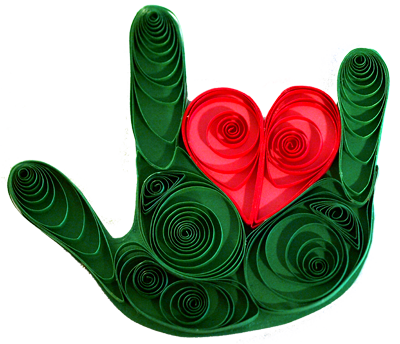
Enjoy signing,

